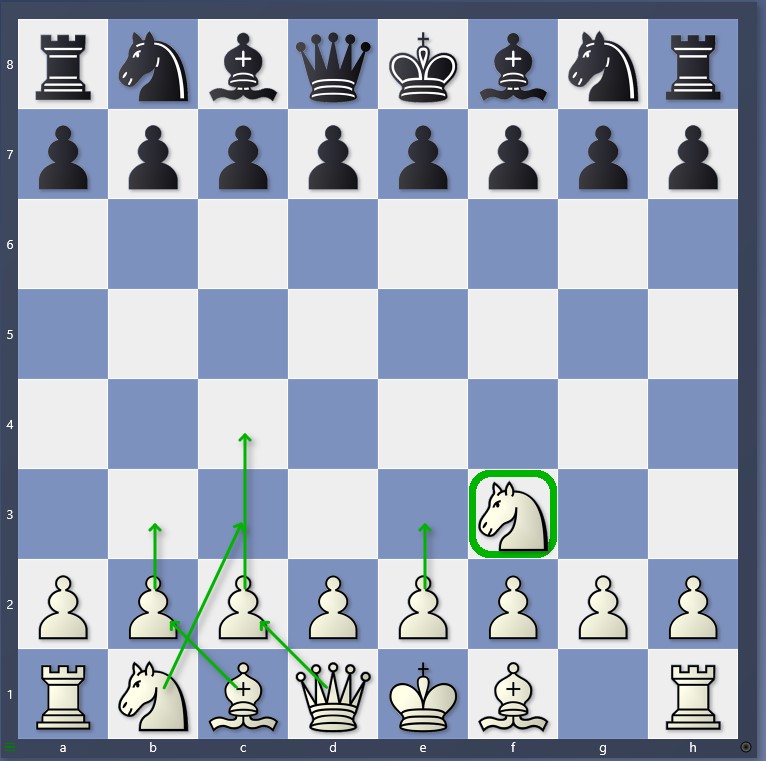Enhancing Your Chess Journey with Chessify: A Comprehensive Review
we delve into the latest innovations in chess technology and explore the enhancements Chessify brings to the table.

In my first year returning to the world of chess, I found myself gravitating towards familiar openings that had accompanied me throughout my chess journey—classical e4-e5 structures as White and various Sicilian lines as Black. The board held images of these timeless patterns, reflecting years of experience. Yet, despite my long-standing relationship with these openings, I confronted a puzzling reality: my online ratings oscillated within the range of 600 to 800. Frustratingly, improvement seemed to elude me.
As a self-proclaimed visual thinker, I often relied on mental snapshots of openings, charting out the well-trodden paths of e4-e5 - King’s Pawn Opening is the most popular first move at all levels of the game and was the favorite opening move of world champion Bobby Fischer, who called it best by test and the intricate twists of the Sicilian.

However, the results on the board defy the images etched in my mind—something needed to change.
In a chess landscape dominated by an influx of digital tools, relentless chess engines, and the specter of cheaters, I realized that the path to improvement was more complex than I had once believed. The traditional methods that had served me well before were still waiting to yield the results I desired. It was time to take a bold step—to relinquish the familiar and embark on a journey of unlearning.
A pivotal moment came when I shared a game with Christopher Ward—an accomplished player from whom I gleaned valuable insights. While my encounter with him led to a stunning victory as Black, the subsequent analysis prompted me to reevaluate my opening choices. What I had once considered solid and reliable was now cast in a different light.
Embracing change, I delved into the world of openings, searching for paths less traveled. The Reti and the London System emerged as intriguing candidates for my White repertoire, while the dynamic Kings Indian and the unorthodox Pirc beckoned to me as Black. These openings would give me the flexibility and transpositional possibilities to challenge opponents and breathe new life into my games.
This transformation journey began with books—ancient tomes entrusted to me by a dear friend, Robert Lesniak of Germany (R.I.P.). A skilled player in his own right, Robert imparted his wisdom and kindled my passion for chess. He introduced me to the world of chess computers in the early 80s, demonstrating technology’s incredible potential as a training tool. The echoes of his guidance and the lessons from those cherished books laid the foundation for my path forward. So, I went back to the two books he gifted me, Alexander Suetin, Lehrbuch der Schachtheorie (there might be other languages than German still around). From what I learned is such books are books are simply timeless and age very well.

The Reti was it for White, the Pirc for Black and I started to study in depth, first with these books. ChessBase was my friend and so the implemented training for repertoires.
Here is an example of how to do this. The man and legend himself, Matthias Wüllenweber- has recorded the youtube video.
Learn how to train your opening repertoire in ChessBase with Matthias Wüllenweber.
So, let’s start with the Reti. The main idea I end up with is a flexible opening which I call by myself “Reti-London-Mix”. I end up with the combination after studying classic Reti and modern Reti when I first saw GM Simon Williams: Reti System - A dangerous attacking Plan - for White. I immidiatly thought thats it!
You can see the main idea here in the first moves.

Here is a Survey I build last year to get additional input and optimize my style and how to respond to different Black responses.
Thanks for reading, happy to share future best practice & learnings. Click the coffee mug below at the end of the webpage to support this blog - it helps a lot!